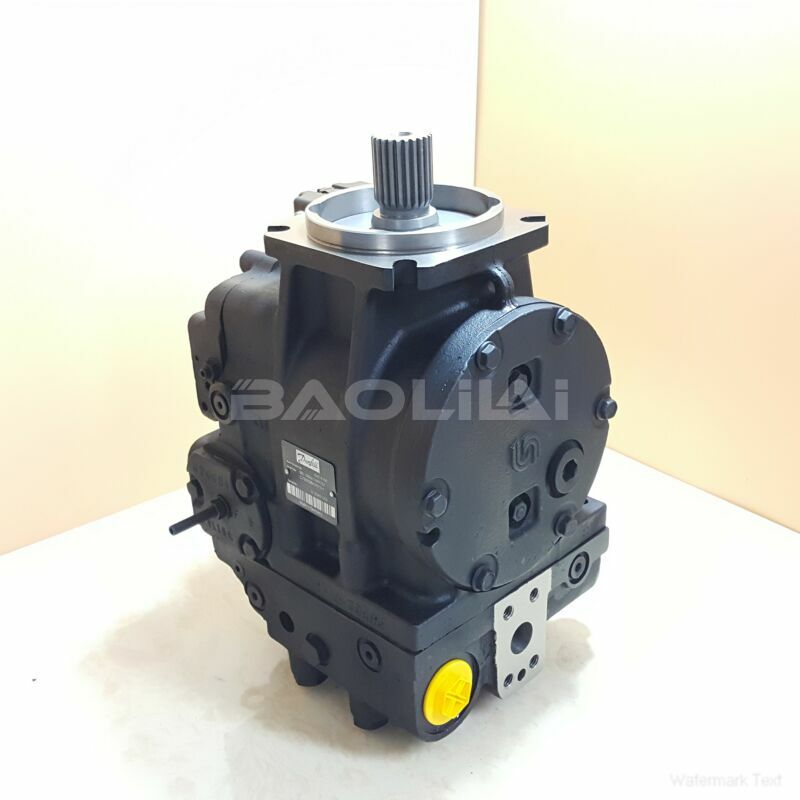90L075KA5CD60P3C6D03GBA353524 piston pump
90L075KA5CD60P3C6D03GBA353524 piston pump

- Product Details
- Applicable Scene
High-pressure pumps play a crucial role in drilling operations in oil fields. Their primary function is to supply the necessary hydraulic pressure to facilitate the extraction of oil and gas from underground reservoirs. In this article, we will explore the various applications of high-pressure pumps in drilling operations, highlighting their significance and the technology behind them.
90L075-KA-5-CD-60-P-3-C6-D-03-GBA-35-35-24
90L075KA5CD60P3C6D03GBA353524
One of the main uses of high-pressure pumps in drilling is in the circulation of drilling fluid, also known as mud. Drilling fluid serves multiple purposes: it cools and lubricates the drill bit, carries rock cuttings to the surface, and maintains pressure in the wellbore to prevent blowouts. High-pressure pumps are essential in ensuring a consistent flow of drilling fluid, which helps maintain the stability and efficiency of the drilling process.

83021305
In rotary drilling, which is the most common drilling method, high-pressure pumps are used to circulate drilling mud through the drill string and out through the drill bit. The pressure generated by these pumps can exceed several thousand psi (pounds per square inch), allowing the fluid to effectively lift the cuttings out of the hole and return them to the surface. This not only keeps the drill bit clear of debris but also allows for real-time monitoring of the geological formations being drilled.
Another important application of high-pressure pumps in drilling operations is in the process of cementing. After a well is drilled, cement is pumped down to fill the annular space between the casing and the drilled formation. This is essential for ensuring the structural integrity of the well and for preventing fluid migration between different geological layers. The high pressure generated by the pumps is critical for pushing the cement into the desired locations, ensuring a proper seal.





